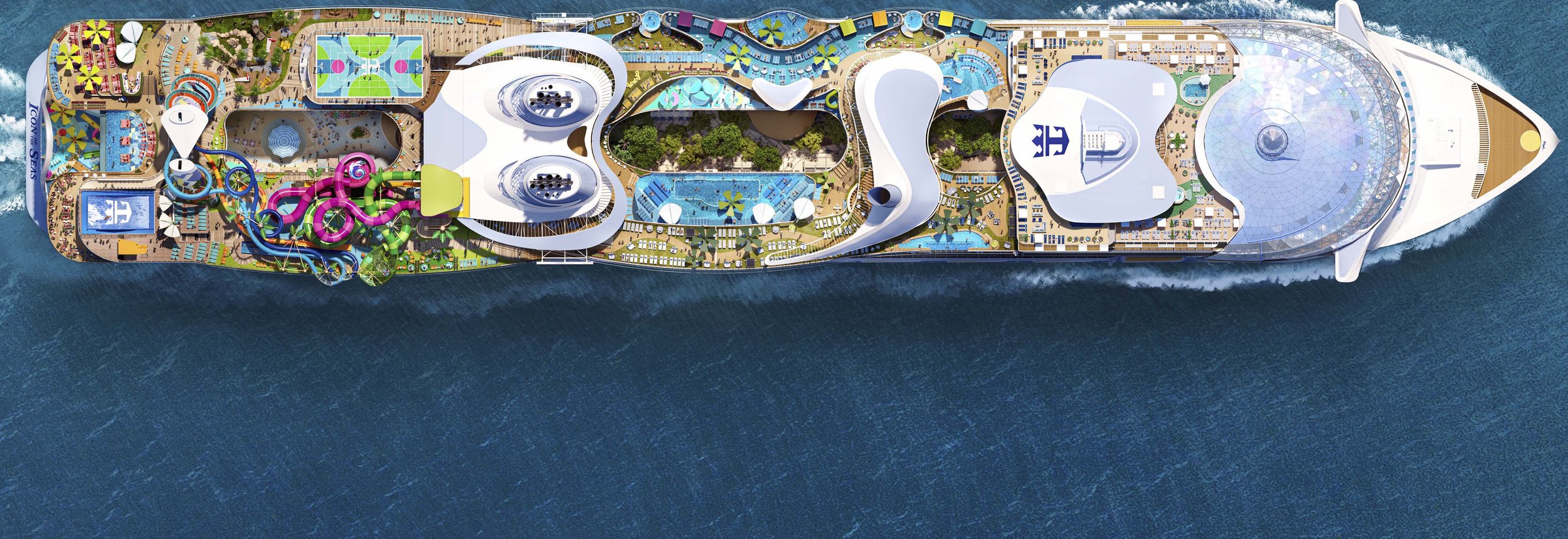Let’s be honest. It’s not hard to love the Business Class cabin on a plane, right? Particularly when you have a dozen hours of long-haul travel ahead of you, the prospect of a decent night’s sleep in a lie-flat seat is awfully appealing. Let’s raise a glass of the free champagne to the fact it’s not us back there in cattle class.
But unless you’re travelling on the company dime, the cost of that seat up at the sharp end is going to sting. A hundred grand or more for a return flight to London? You could buy a small car for that. Makes you wonder if it’s worth it.
Say hello then to Premium Economy, the Goldilocks offering between Economy and Business.
Premium Economy certainly isn’t a new innovation. Taiwanese carrier EVA Air is credited as the first airline to offer the cabin, and that was back in 1991. Virgin Atlantic introduced its first Premium Economy product the following year, and over the past 30 years more than a dozen leading international carriers have followed suit.
But in 2022 Premium Economy seems to be having a moment, with airlines worldwide rolling out new or revamped cabins.
Certainly, the best bellwether of the growing demand for Premium Economy comes from the Dubai-based Emirates. Since early-2021 the airline has quietly begun fitting its A380 fleet with a brand-new Premium Economy cabin, and will officially launch the product this August.
Emirates is the only airline in the region to offer Premium Economy – Qatar Airways is firmly against it – and its new cabin comes with added comfort both on the ground and in the air. Customers enjoy dedicated check-in areas, bespoke bedding, and a revamped meal service. Perhaps most importantly, seats enjoy a 40-inch pitch and generous recline.
Currently, the new cabin is available on six A380 aircraft serving high-traffic destinations – the likes of London Heathrow, Paris Charles de Gaulle, and Sydney – but the airline is investing heavily in retrofitting both A380s and Boeing 777s.
“This November, we will begin our retrofit programme,” said Sir Tim Clark, President of Emirates Airline. “At the end of the programme, Emirates will have 126 aircraft fitted out with Premium Economy cabins, as well as our latest interiors across other cabins. It is a major investment to ensure our customers continue to have the best experience in the sky.”

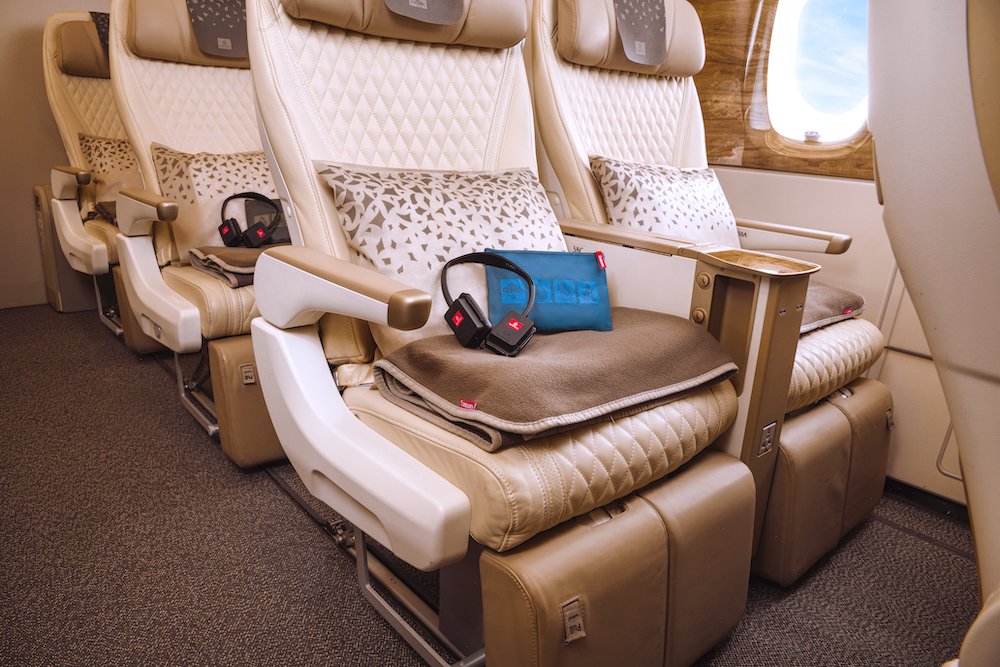

Dutch airline KLM has also joined the ranks, with its new Premium Comfort class taking off on flights to North America from end-July 2022. As with similar products, passengers enjoy SkyPriority privileges at the airport, including preferential check-in and boarding, with improved catering and better seat comfort in a separate, and quieter cabin of between 21 and 28 seats. For KLM it’s also a smart move to fit in with its allied airlines on routes across the North Atlantic.
Zurich-based SWISS also launched its new Premium Economy cabin this year. With seats contained in a fixed back shell to maximise personal space, it offers 25 percent more legroom than Economy class, and twice the baggage allowance. It also boasts an impressive 15.6-inch entertainment screen, in-seat power and a dedicated dining offering.
The new cabin is initially offered on flights to Miami, San Francisco and São Paulo, but is being retro-fitted to all 12 of the airline’s Boeing 777-300ER aircraft. Unfortunately, that’s not the aircraft currently in use on its direct flights into Johannesburg.
“In introducing our new Premium Economy Class, we are meeting our customers’ growing demand for more privacy, more comfort and more individuality,” said SWISS CEO Dieter Vranckx. “And by introducing our new class of travel, we are also further strengthening our premium positioning in the growing leisure travel segment.”
It’s a point worth noting, as airlines look to offset softer business travel with a play for the well-heeled holidaymaker. With pent-up demand driving the resurgence in the travel industry, travellers taking their first trip abroad in two years may be more than happy to splurge on a little extra comfort.
Virgin Atlantic Premium Economy
“Even before the pandemic, we were seeing new types of premium travellers emerge,” notes Liezl Gericke, Head of Middle East, Africa and South Asia for Virgin Atlantic. “In particular those travelling for leisure, who would usually fly economy, but want to ‘splash out’ for a special occasion – such as honeymoons or significant birthdays – or those cost-conscious business travellers. The pandemic has only bolstered this behaviour further as people want to treat themselves to an upgraded travel experience.”
“The trend for premium travel has significantly accelerated during the pandemic,” notes Ole Orvér, Chief Commercial Officer of Finnair, another carrier to launch a Premium Economy cabin this year. “We are confident our new Premium Economy travel class will prove very popular with customers looking for an upgraded experience from Economy.”
Finnair’s spacious cabin – installed in a dedicated cabin with just 26 seats – offers 50 percent more space than Economy, with crockery by Finnish designer Harri Koskinen and textiles by renowned Finnish design house Marimekko.
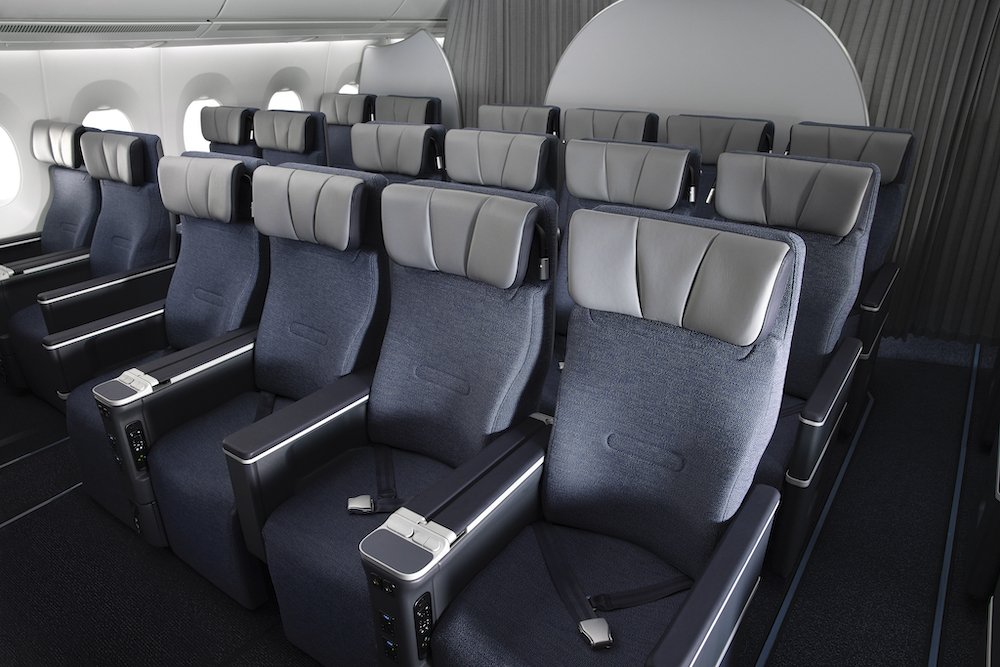
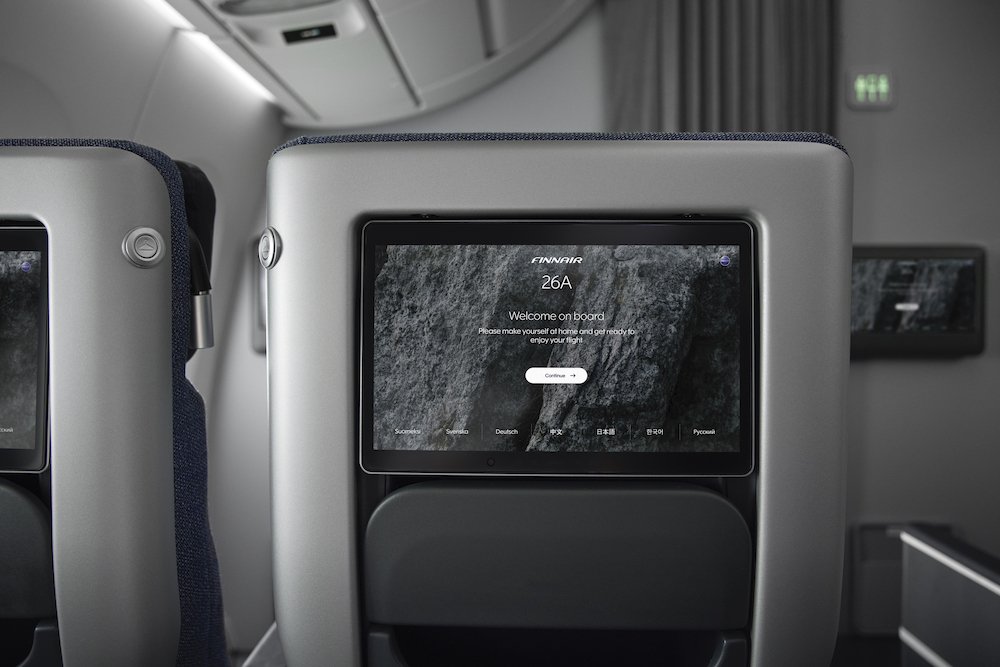
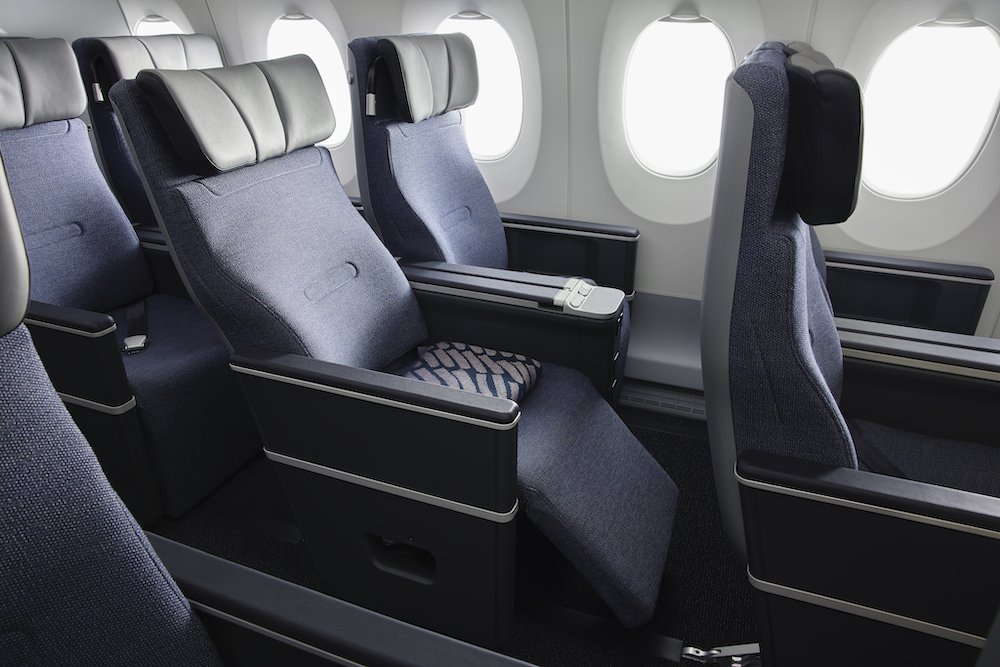
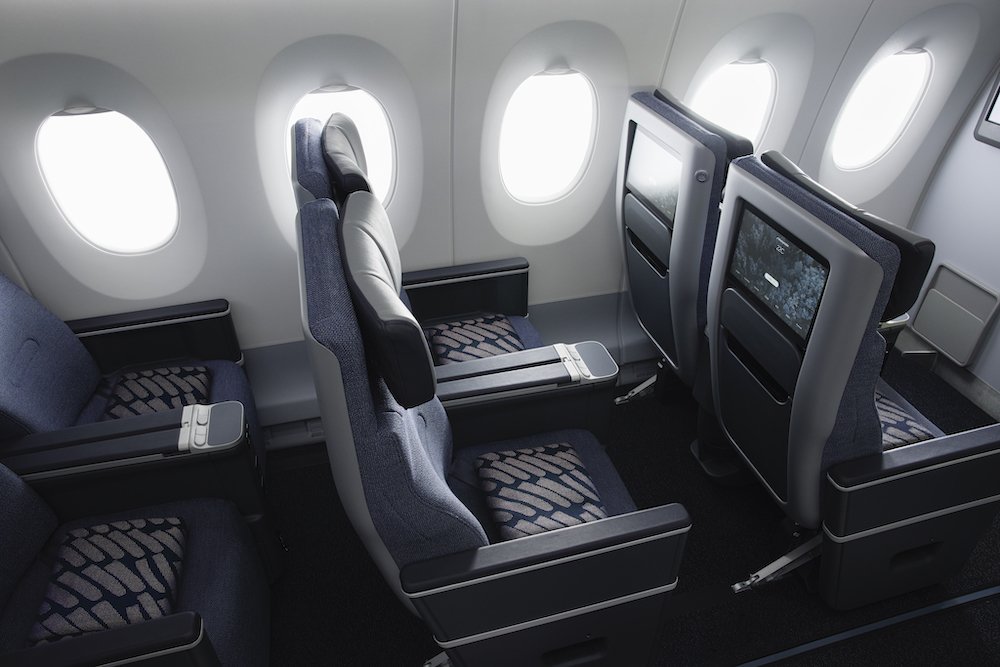
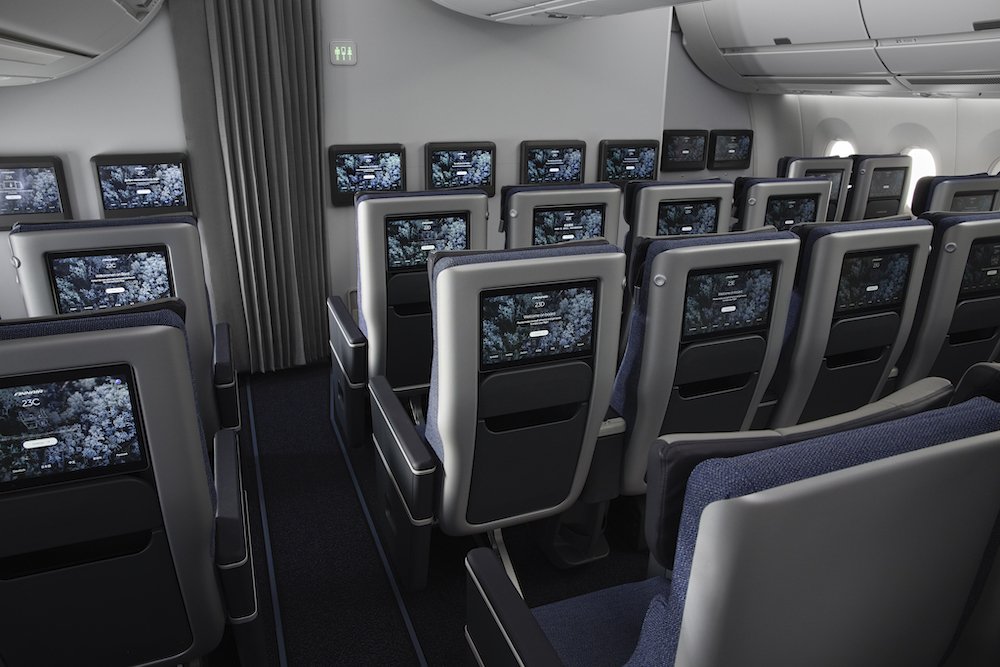
The new entrants add to a market already well supplied though. Out of South Africa Lufthansa, British Airways and Virgin Atlantic offer a Premium Economy cabin to Europe, with Virgin Atlantic offering up 56 seats per aircraft. Cathay Pacific and Qantas do the same for travellers heading east, while on its direct flights to Cape Town and Johannesburg Newark-based United offers its Premium Plus Cabin. Out of Atlanta, Delta is investing heavily in retrofitting its Boeing 767 and Airbus A330 fleet with its new Premium Select cabin.
It’s all about margins
So what’s driving the surge in new product? I’d love to say it’s a heartfelt concern for our comfort in the air, but as usual it comes down to good old dollars and cents. Because for airlines, Premium Economy is often the most profitable corner of the plane.
While the cabins don’t have the high-density seat configuration of Economy class, they’re a far cry from the capacious spaces of Business or First. Not too empty, not too full. Just right.
And crucially, many of the service improvements – such as priority boarding and attentive service – come at limited additional cost to the carrier, yet are attractive enough to command a price premium from passengers.
What’s more, the actual hardware in the seat itself is cheaper – and lighter, meaning less fuel burn – than a Business Class product, where privacy doors, push-button controls and technological integration are now standard, and expected.
While the airlines contacted by the FM chose not to comment on hard numbers due to commercial sensitivities, candid comments from airline executives reveal just how attractive Premium Economy can be for carriers.
In a 2019 earnings call American Airlines CEO Doug Parker called their Premium Economy product – with fares roughly twice that of coach, or Economy, class – “the most profitable use of square footage on our wide-body aircraft”.
And that was no flash in the pan.
"Its contribution per square meter is 39 percent higher than that of a Business class seat," commented Remco Steenbergen, chief financial officer of Lufthansa, on a similar earnings call in 2021.
"Premium Economy has been a great success,” added Lufthansa CEO Carsten Spohr on the same call. “[It has] higher margins per square meter of square feet than business class, economy class, or first class... We see a lot more upgrades from Economy to Premium Economy than downgrades from Business to Premium Economy, which we of course want to avoid."
Indeed airlines have often resisted introducing Premium Economy, fearing that it will cannibalise their own Business Class market. However, as evidenced by Lufthansa, it’s often more appealing to travellers trading up from Economy.
“I don’t think Premium Economy is going to impact on Business Class demand,” says Bonnie Smith, General Manager of FCM in South Africa. The flagship business travel division of Flight Centre Travel Group, FCM operates in 98 countries and is one of the world’s largest corporate travel management companies.
“But I do see it appealing to the small-and-medium enterprise market,” adds Smith. “They don’t have the resources to have everyone flying business, so I think that’s where the biggest impact will be felt.”
The case for CO2
Maximising ever-shrinking budgets has long been key for business travel managers, but there’s another metric that is increasingly taken into consideration when it comes to booking corporate travel: carbon.
As corporate entities keep a keen eye on their carbon footprint, the impact of staff travel on the environment is becoming as important as the bottom line.
Ratings agency S&P aims to reduce travel emissions a quarter by 2025, while insurance giant Swiss Re wants to cut its carbon emissions from business travel in 2022 to half what it was in 2018. Similarly, by 2025 accounting firm EY aims to achieve a 35 percent reduction in carbon emissions compared to 2019.
According to the International Air Transport Association’s CO2 Calculator Guidelines, Business class passengers on the wide-body aircraft typically used for long-haul routes account for 4 times the carbon emissions of Economy passengers on the same aircraft. Premium Economy seats, however, have just 1.5 times the impact.
Using data collated by Google’s flight search engine, the FM crunched the carbon impact of a few popular routes. A seat in Virgin Atlantic’s Upper Class from Johannesburg to London – even using the airline’s efficient new Airbus A350 – emits 2803 kilograms of carbon per passenger. Premium Economy? Almost a third of that, at 1051 kilograms. London to New York with British Airways emits just 916kgs of CO2 in World Traveller Plus, versus 2442kg in Club World.
As carbon budgets become as important as financial ones, Business and First Class travel may become too costly – in both cash and CO2 – for many travellers to justify. Happily, Premium Economy is here to help you save on both.




